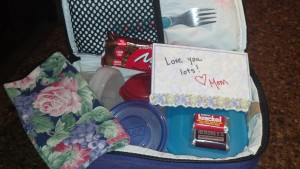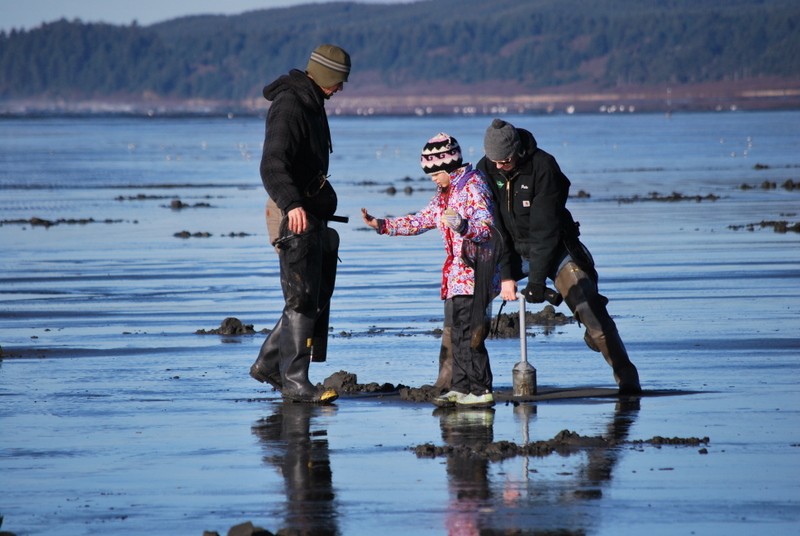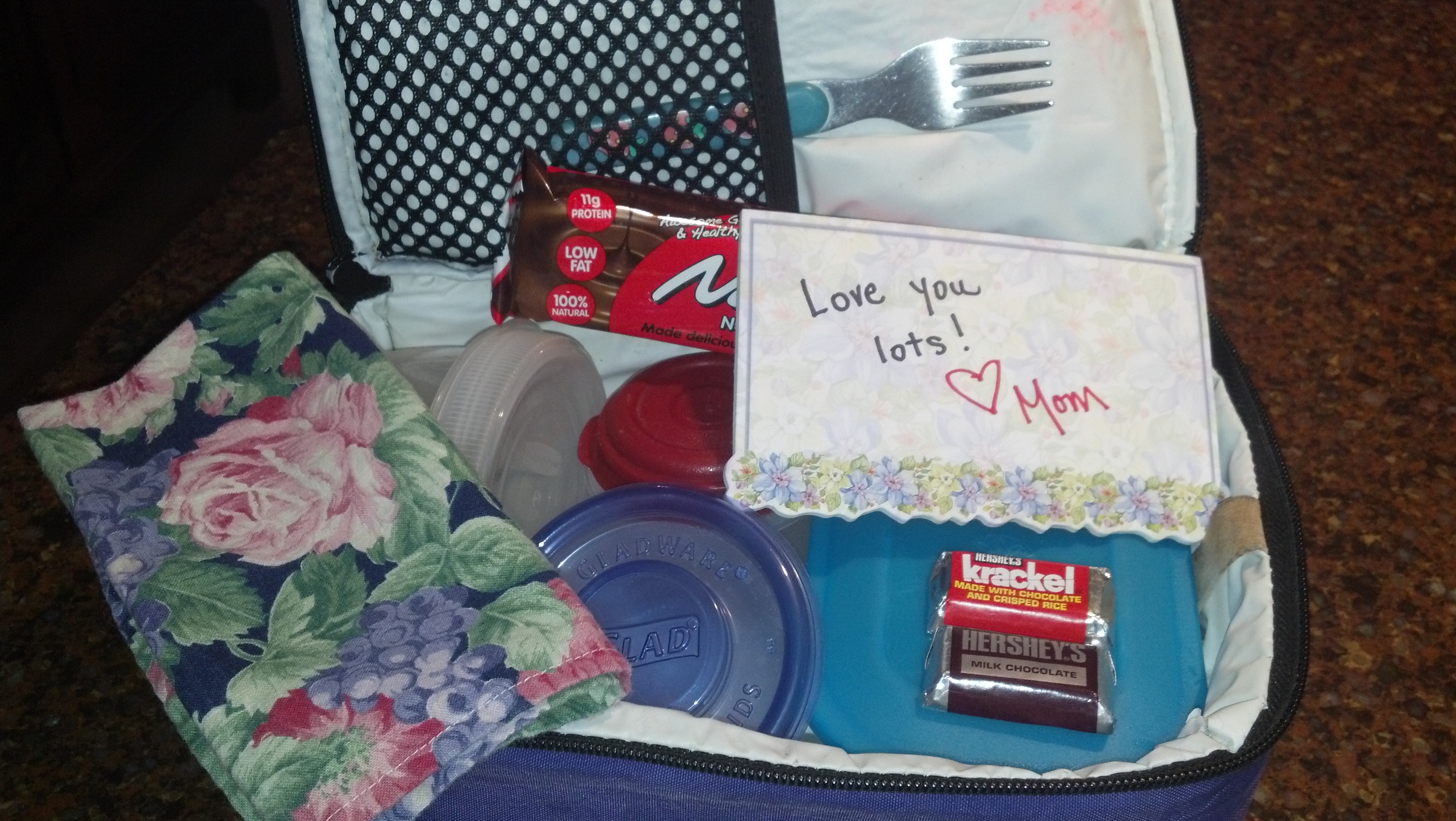Submitted by Thurston County Solid Waste
 Schools throw away a lot of stuff, and a lot of that stuff is food. In fact, 65% by weight of a typical school’s garbage is uneaten food. As coordinator of Thurston County’s Food to Flowers program, I help schools set up systems to prevent, reuse, recycle, and compost their waste. It always amazes me to see so much food that kids bring from home go uneaten. This includes whole sandwiches, full yogurt cups, and lots of untouched fruit and vegetables that end up in the trash can or the compost bin.
Schools throw away a lot of stuff, and a lot of that stuff is food. In fact, 65% by weight of a typical school’s garbage is uneaten food. As coordinator of Thurston County’s Food to Flowers program, I help schools set up systems to prevent, reuse, recycle, and compost their waste. It always amazes me to see so much food that kids bring from home go uneaten. This includes whole sandwiches, full yogurt cups, and lots of untouched fruit and vegetables that end up in the trash can or the compost bin.
All of this uneaten school food is part of a larger problem. The National Resource Defense Council estimates we waste 40% of all edible food in the U.S. This means the average U.S. household spends $1,350 to $2,275 a year on uneaten food. And that doesn’t include all of the water and energy used to produce food that gets landfilled or composted.
As a new school year begins, here are some tips to help your family reduce lunch waste, conserve resources, and save money.
• Pack it in, pack it out. When your kids bring lunch from home, ask them to bring home any food they didn’t eat. Looking at leftover lunch items is a great way to gain insight into your kids’ preferences and the right portion size. You may even be able to recover some of the uneaten food for future meals.
• Let’s do lunch. Involve your kids in packing lunch the night before. Kids are more likely to eat a meal that they’ve helped prepare.
• Learn what they like. Make a list of foods that your kids like to eat for lunch and update it often. You may find a simple change like switching to a different apple variety will help your kids eat the apples in their lunch boxes more regularly.
• Eat ‘em again. Consider packing last night’s leftovers into today’s lunch, especially if it was popular the night before. You can even dress it up with an added ingredient or two.
• Cut up fruits and vegetables. If you pack a whole banana or peach, kids are more likely to throw away what they don’t eat. Packing sliced fruits and vegetables is a great way to control portions, and lets your child easily save leftover pieces for later.
• Make a deal. Before offering your kids an after-school snack, request that they finish uneaten items from their lunches.
• Don’t forget the packaging. While you look for ways to cut down on food waste, consider also reducing the amount of packaging you send in your child’s lunch. Use reusable containers instead of disposable bags, and avoid single-serving packaged food items.
Click here for more great waste-free lunch tips.
For more information about the Food to Flowers program, click here or contact Peter Guttchen at (360) 867-2283 or guttchp@co.thurston.wa.us.




















































